Like other large reptiles, alligators shed their skin. As they get older, this process keeps going.
But in contrast to other reptiles, crocodiles and alligators shed their skin gradually, one huge scale at a time.
Alligators ‘Shedding’ Teeth:
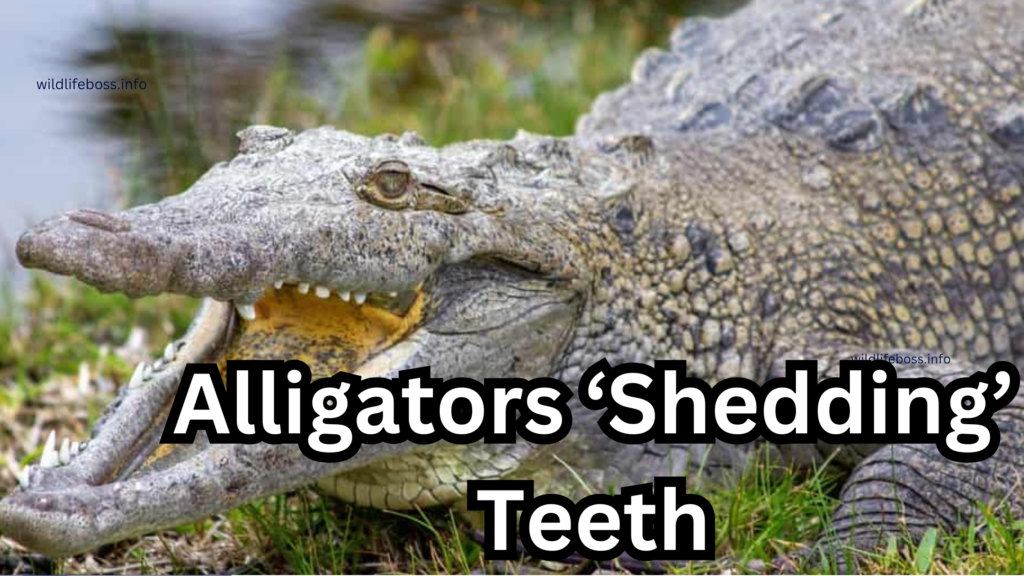
Did you know that teeth are also “shed” by alligators? There are roughly 80 conical-shaped teeth on American alligators. Since they lack rear molars to chew their food, they inhale it whole.
Alligators shed tooth is frequent, though. In their lifetime, alligators can have close to 3,000 teeth replaced.
When they get older or pursue bigger prey, it’s typical for them to lose their teeth. As alligators bite and tear through their food, their teeth become trapped and fall off.
An alligator’s tooth can grow back in the same spot fifty times. An alligator’s tooth in waiting begins to mature after it is lost, and the stem cells there create a bulge where the future tooth would eventually erupt.
The Hardness Of Alligator Skin:
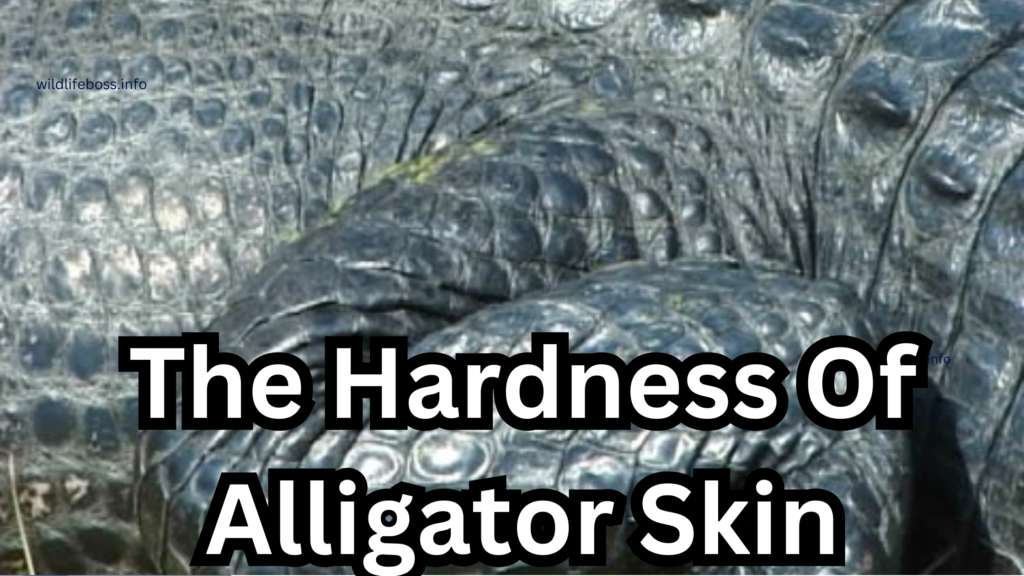
Skin from alligators is hard. It has been used as leather for garments, saddles, and other purposes for thousands of years.
The Native Americans were the first to do this, but it wasn’t until the European settlers began hunting alligators in the 1800s and using their skin for utilitarian purposes that it became widely accepted.
No, alligator skin is not bulletproof, despite what some say. However, it is resistant to some firearms, such as.45 and 9mm rounds.
They are shielded from the sun and water damage by their thick skin. They also benefit from it in combat in the wild.
Even though alligators are the top predators, some prey fight back, biting and scratching the alligator to prevent them from being pulled underwater.
Despite their thick armour, alligators are touch-sensitive. After being prepared and cured, alligator skin becomes extremely resilient leather.
Despite the fact that there are millions of alligators in the wild, alligator skin is not easily obtained.
An alligator becomes older as it gets tougher, thicker, and larger. Smaller and younger alligators are more frequently caught by fisherman than larger and older alligators.
Sea also: Do Alligators Have Tongues?
Alligators Vs. Other Reptiles
Comparing alligators to other reptiles, how do they compare?
Do they both crocodiles and alligators shed the same amount? Can they prevail in combat?
Crocodiles
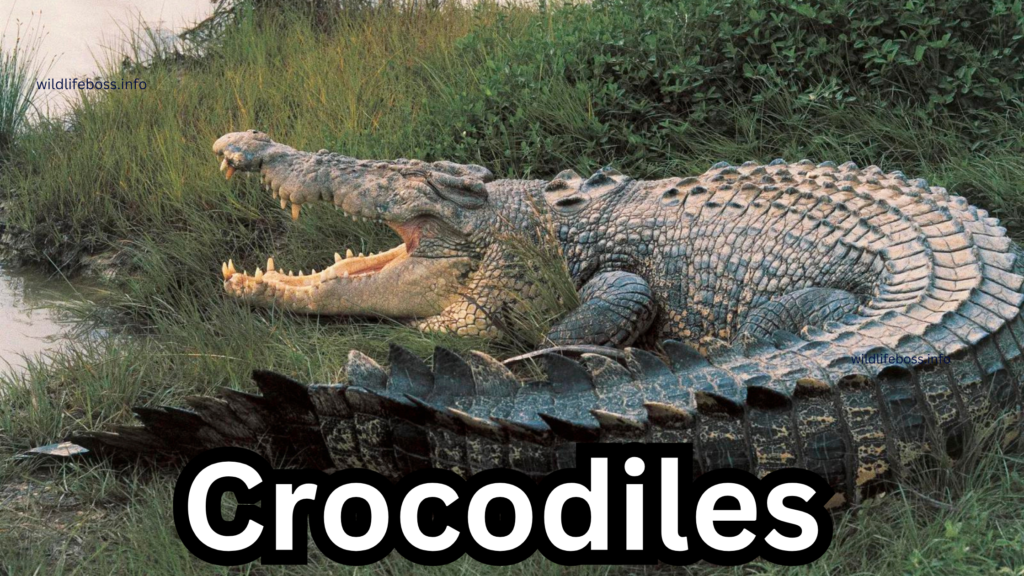
Alligators and crocodiles are related. Although they are members of separate families, they are members of the same taxonomic order, Crocodylia.
Like crocodiles, they have strong skin that they shed scales one at a time. Because they are intelligent, crocodiles rub their bodies against rough surfaces such as tree trunks and branches.
Thick new scales replace the individual ones that come off.
Alligators and crocodiles are similar animals, although crocodiles are larger. They also exhibit greater aggression.
While there are just a few deadly alligator attacks worldwide, there are at least 1,000 deadly crocodile attacks annually. This is more typical of Nile and saltwater crocodiles.
Geckos

Alligators are much larger than geckos. Most species range in size from 1.2 to 6 inches, with the tail accounting for around half of the total length.
Adorable and vivid green in color, geckos consume insects. Some are amiable toward people, but they frequently get trapped in buildings.
When geckos are young, they shed once or twice a month similar to alligators shed; however, as they get older, this frequency of shedding decreases. Adult geckos, for instance, only shed once every four to eight weeks.
Komodo Dragons

Even though they are not as big as an alligator, komodo dragons are nonetheless magnificent beasts. The planet’s biggest and strongest lizards are these ones. Notably, they are among the few venomous lizards.
They chew and serrate their prey with their large, sharp teeth, and they are heavy feeders. Alligators may still bite and grab onto objects despite having sharp teeth.
Alligators shed their skin differently than komodo dragons.
They molt like a snake, but they don’t lose all of their skin at once. Komodo dragons, on the other hand, lose their skin in tiny areas. In the spring and summer, they usually shed more.
Sea Turtles

Although they are mistaken for amphibians, sea turtles are actually reptiles.
Turtles in the sea molt. All aquatic turtles undergo molting, however the process varies depending on the species. However, sea turtles do commonly lose their skin and shell.
As they get bigger, this is essential to make sure their shells have adequate space for them. The scutes on the turtle’s shell spontaneously peel off or shed as the shell grows, exposing new scutes.
Because turtles use their shells to shield them from huge predators, this is crucial.
Iguanas
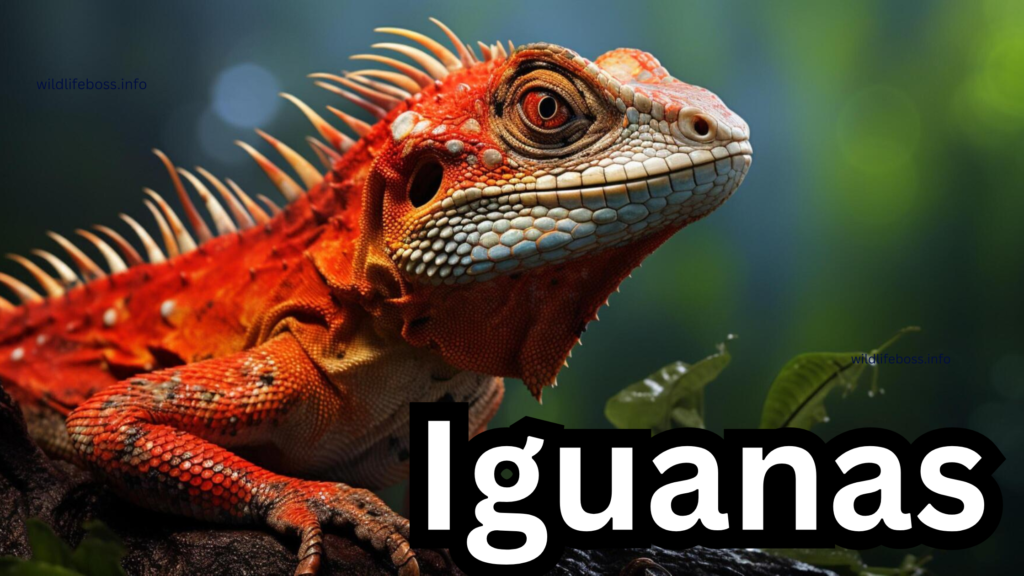
In Mexico, the Caribbean, and the Americas, iguanas are herbivorous lizards. They are 5 to 7 feet long and inhabit tropical regions.
Their tail accounts for much of their length. Their weight varies according on the species.
Iguanas shed between once and twice a year. Owners of iguana pets frequently spritz or wet their skin while shedding to prevent the hair from sticking and staying on the animal.
Iguanas only shed in the wild when they mature, slowing down as adults. Since they grow quickly, baby iguanas shed every 4 to 6 weeks.
The tails of some iguanas also shed. Bearded dragons and iguanas “drop” their tails and grow them back. It serves as a typical protective mechanism when prey grabs hold of them.
A natural fracture line causes the tail to split off from the body very quickly. The purpose of the swift, painless movement is to divert predators.
Conclusion:
Alligators shed skin all throughout their lives. They don’t, however, alligators shed their skin all at once or only once a year like other reptiles do.
Instead, one scale at a time, alligators gradually lose their skin.
Frequently Ask Question(FAQs):
1:What Causes To Alligators Shed?
Because it is a natural aspect of their biology, alligators shed their skin. The animal’s skin sheds as it ages and regenerates to protect it.
Experts think that American alligators live between 30 and 50 years old, though they are not entirely sure of this.
By the time an adult male alligators reaches the age of 25 or 30, growth ceases. To prevent water loss, alligators grow new, hard, and durable scales to replace their shed skin. They refer to their scales as scutes.
The scales of alligators are large and distinct. They are not joined to the skeleton underneath. Interestingly, the back of an alligators has more scales than the rest of its body. This protects them from the light.
Alligators are swift and supple since they aren’t fused.
2:What Is The Duration Of Alligators Shed Their Skin?
The alligators shed of their skin never stops. One scale at a time is started in this slow procedure.
Compared to snakes and other reptiles, who molt or shed their skin once or twice a year, this is significantly different.

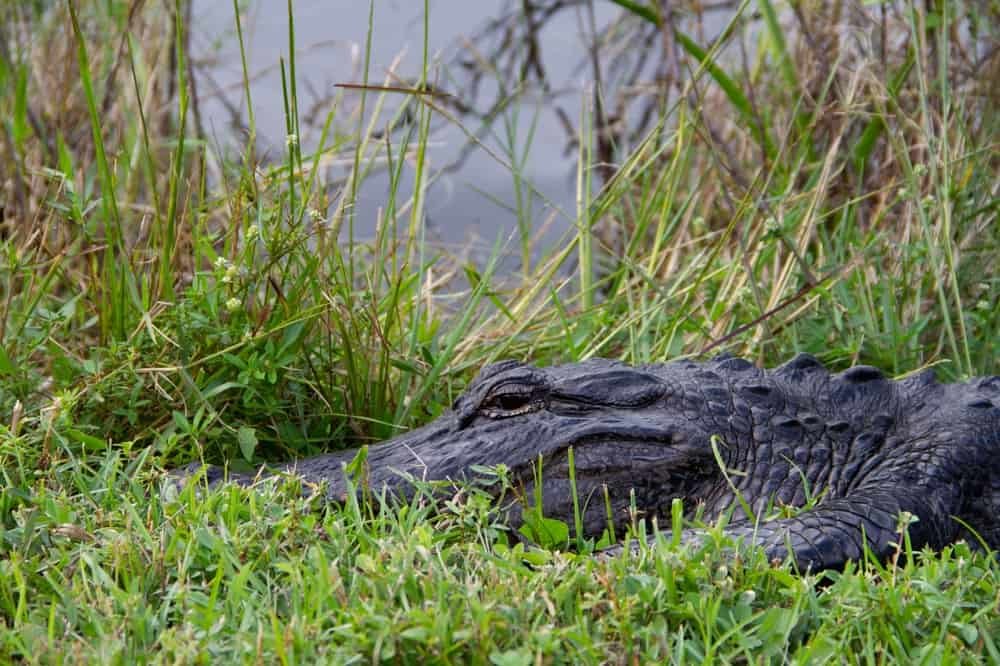
Pingback: Do Alligators Have Tongues?(With Photos) - Wildlifeboss.info
Pingback: Can Alligators Be Tamed? Best Explanation - Wildlifeboss.info